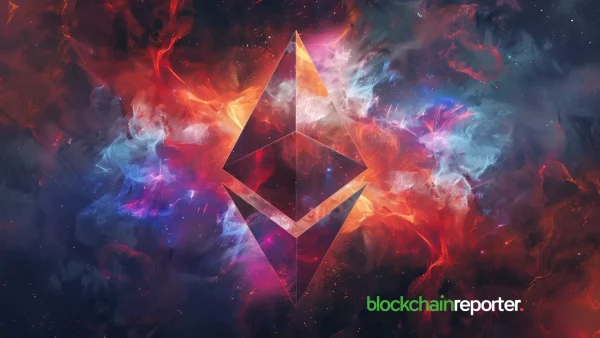
In a significant development for the Neo blockchain platform, Neo founder Da Hongfei unveiled a groundbreaking initiative on October 27th during his keynote address at the Neo APAC Hackathon Hong Kong Finale. Neo is set to create an Ethereum Virtual Machine (EVM)-compatible sidechain with a focus on addressing the growing concern of Miner Extractable Value (MEV) manipulation. This announcement represents a pivotal moment in Neo’s journey, offering a promising avenue for the platform to further evolve and innovate.
Key Features of the Neo Sidechain
The Neo Sidechain introduces a range of features designed to enhance security, privacy, and the overall user experience within the increasingly complex DeFi landscape. Among its primary objectives are to reduce friction, make entry more accessible, and create a seamless environment for users. A key highlight is its commitment to MEV resistance, a critical aspect in today’s DeFi world, where MEV attacks have posed a significant threat.
MEV attacks take advantage of the transparency of transaction details in the DeFi space, utilizing bots to manipulate transactions, execute arbitrage, and front-run orders. To counteract these threats, the Neo Sidechain incorporates innovative features. This includes transaction “enveloping,” which allows users to encrypt transaction content and metadata, effectively shielding sensitive information from potential attackers.
In addition, proxy contracts offer enhanced user privacy by concealing their identities, adding an element of anonymity to deter exploitation. These security measures, coupled with Neo’s advanced Delegated Byzantine Fault Tolerance (dBFT) consensus mechanism, create an MEV-free environment, thereby improving the overall trading experience for users.
The Neo Sidechain builds upon the foundation of the Neo N3 stack, leveraging its key attributes. This includes the dBFT consensus mechanism, NeoVM (the first non-EVM smart contract system), and the dual-token NEO and GAS model pioneered by Neo. While Neo’s existing consensus and economic models have performed admirably, the platform sees an opportunity to improve the developer experience.
To this end, Neo embraces WebAssembly (Wasm), a binary instruction format for compiling and executing code in web browsers. The introduction of the EVM-compatible Neo Sidechain alongside the Neo MainNet is aimed at offering a more developer-friendly option. By making development more accessible to a broader range of developers, Neo anticipates accelerated innovation and growth throughout its ecosystem.
Empowering Users and Developers
The Neo Sidechain announcement marks the initiation of a new chapter in Neo’s evolution. This initiative promises to offer several benefits to various stakeholders. For users, the Neo Sidechain will provide a wallet experience similar to that offered by Metamask, emphasizing fairness, and offering free transactions to reduce entry barriers and create an inclusive user environment.
Developers in the Neo ecosystem will benefit from enhanced security, scalability, and a streamlined migration process, making development more accessible and developer-friendly than ever. For stakeholders, the Neo Sidechain promises fresh utility for the NEO and GAS tokens, expanded use cases, and heightened activity, creating a more dynamic and liquid market environment.
As Neo moves closer to the official launch of the Neo Sidechain, the platform invites its community to actively participate. Key actions include a vote for Consensus Nodes where $GAS holders will play a crucial role in determining the Neo Sidechain Consensus Nodes. In addition, the platform has encouraged developers and innovators to explore new opportunities within the Neo ecosystem, bringing their visions to life.
This significant step in Neo’s journey represents a new era for the platform, offering unprecedented opportunities for all participants in the Neo ecosystem. Founded in 2014, Neo continues to lead as an open-source, community-driven blockchain platform known for its developer-friendliness and innovation, empowering users and developers in the Smart Economy.









